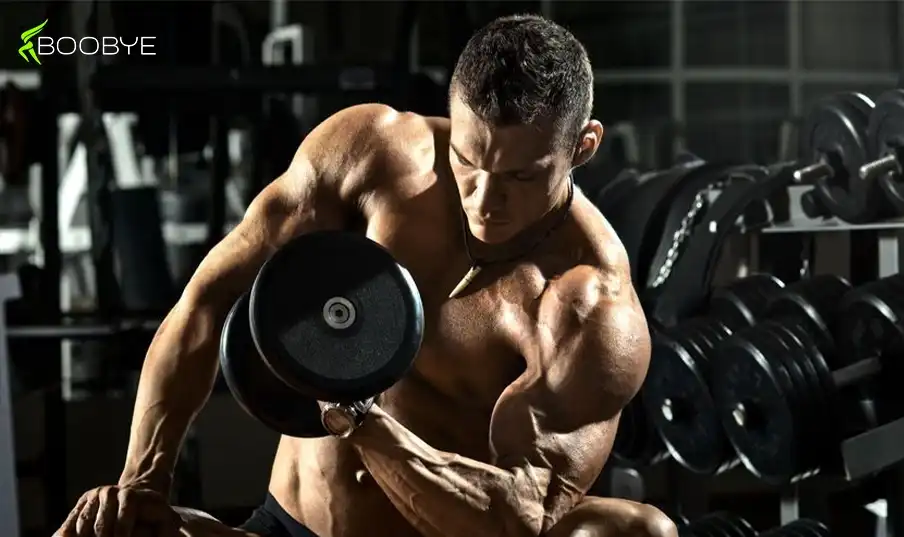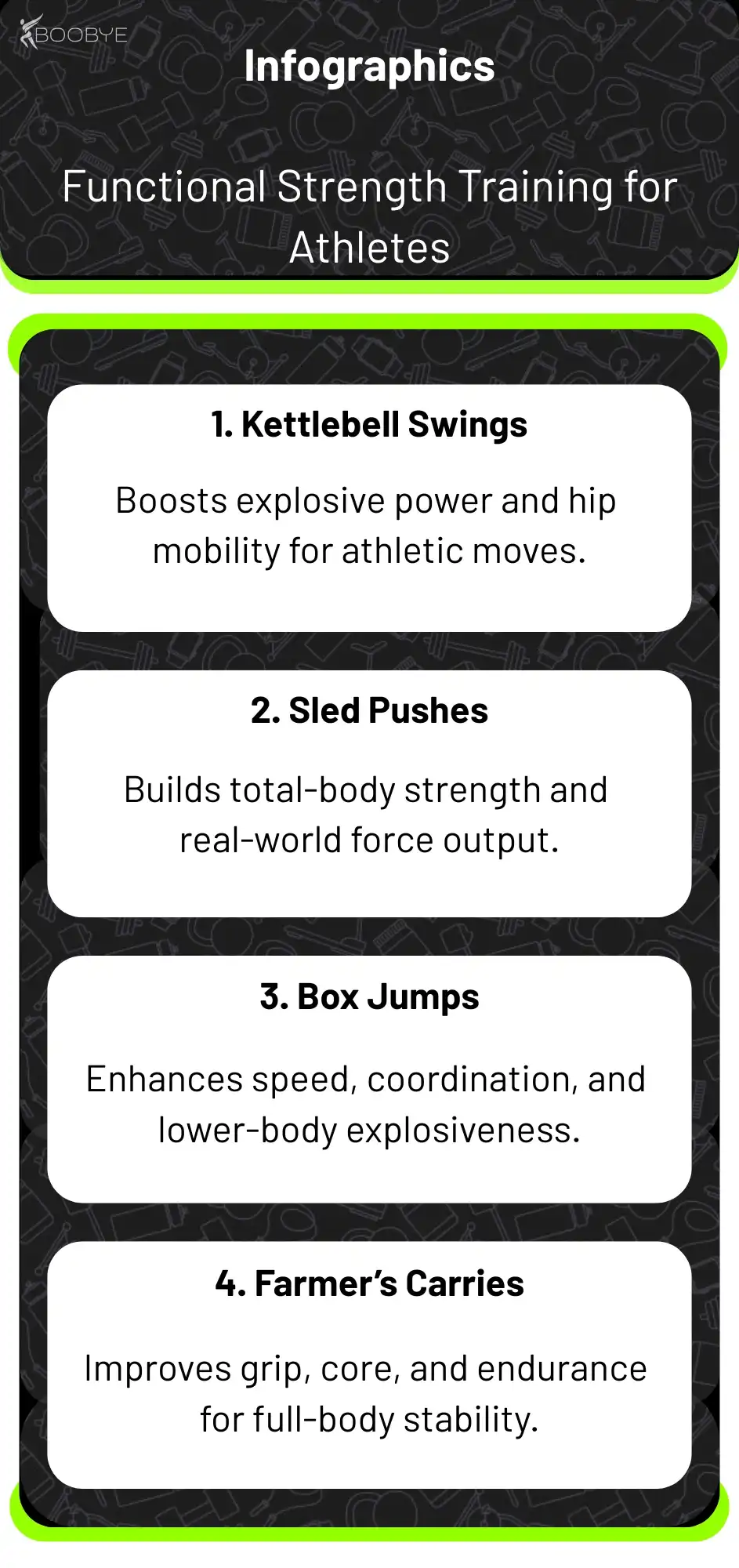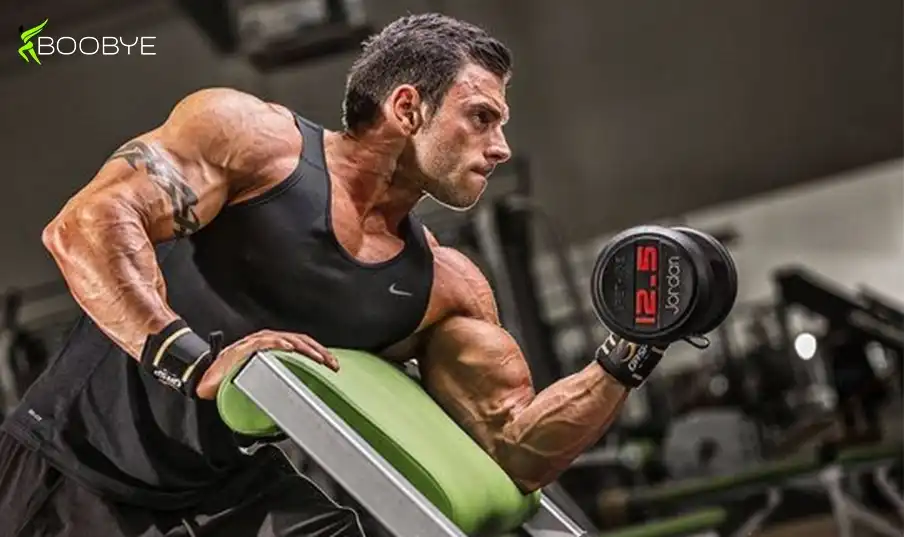I used to train hard in the gym but still felt sore or stiff doing everyday tasks—until I switched to functional strength training. This type of training changed how I move both in workouts and in daily life. It’s not just about lifting heavy; it’s about training your body to move better.
Functional strength training uses full-body movements to improve balance, stability, and control.

Whether you’re an athlete or just want to carry groceries without pain, it helps you move stronger and safer. If you’re after real-life strength gains, this training approach is a game-changer.
What Makes Training Functional
Functional training is not a regular workout.
Rather than just training your body to move one muscle at a time, it trains your body to work with all the muscles simultaneously.
The emphasis is on movements, such as bending, lifting or twisting – just as you would in sports or everyday life. Workouts build strength, specifically the kind that can be used in the real world. They do away with your balance, balance and body control too, which can help maintain yourself as well as movement.
Many efficient back exercises—rows or planks, for example—likewise serve as functional as a result of they support your spine and your posture. This type of training gives you the kind of strength that you can use.
Top Functional Strength Exercises for Athletes
The five exercises are excellent as strength-building back workouts in the real world. They engage several muscle groups and enhance the way your body moves, hence ideal for athletes.

1. 1-DB Row
DB Row is a good addition to any dumbbell workout. On a bench, rest your hand and a knee. Equally, hold one dumbbell in your hand, and extend it toward the waist and back slowly.
Why it works: The exercise works your back and body core, and on your core stability. It is one of the best back day exercises.
2. Squats
Feet should be shoulder-width apart. Bend your knees and push your hips down as though you are sitting on a chair. Stand on your heels.
Why it works: Squats will help develop your legs, hips, and core (i.e. musculature needed in virtually all sports).
3. Twist Lunges
Take a step forward into a lunge shape, then turn your torso towards the front leg. Back to standing and change sides.
Doing a lunge twist while you hold a medicine ball engages the legs, glutes, and core.
Why it works: Legs, core, rotational exercises, which make it perfect in sports which require legs to turn or sudden direction changes.
4. Plank Rows
Take a push-up position with dumbbells. Take an arm and raise it and supporting the body.
Why it works: It builds back and arms, and makes the core stabilize.
5. Kettlebell Swings
Use both hands to hold a kettlebell. Swing up between your legs, and then drive your hips forward, shooting it up to your shoulders.
Why it works: It will make power movements increase speed and strength in the entire body.
Back-Focused Functional Training
Following are some of the best focused functional traits:
- Having good back strength also helps with movement, balance and injury prevention. Kate Spade Laptop Bags, Flow tote, as well as Laptop Tote, mean better posture and more power for athletes. That is why this training is important.
- You can ascertain simpler back outlets such as bird doc and superman holds, so construct core management plus support your backbone.
- Include strength and balance row, e.g. 1 arm dumbbell row. Such exercises develop strength as well as interconnection among the different portions of your body.
- Do not forget to add back muscle workouts into your regular training.
- Other than your back—add these exercises to your whole-body workouts for back and whole-body performance. This keeps you fit.
How Often Should Athletes Train This Way?
Functional training is something that athletes ought to achieve within 3-4 days a week. This provides your body with adequate rest to gain muscle without exhausting it. Yin work, cardio, and mobility work should be mixed to make the routine round.
Every portion assists you in moving better and being injury-free. Remember, recovery. You can use the rest days, stretching and good back exercises for the lower back to make your body heal and become stronger.

The exercises for lower back help a lot.
It is important to train hard; however, one should not neglect taking care of the back through back muscles workout.
Benefits of Functional Training for Sports
Athletes can be faster, stronger and more flexible with the help of functional strength training. It not only makes you stronger, faster and more nimble by teaching your body to be more agile at movement rather than increasing your lifting capacity.
These exercises are beneficial since they enhance your performance in the field or on the court, as they imitate real life and sports motions.
One more great advantage, it reduces the chance of being injured as you develop balance and control.
Whether it is soccer, swimming or running, such training will furnish your body with the necessary equipment so that you can say fit and perform optimally in the field.

